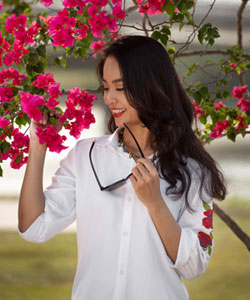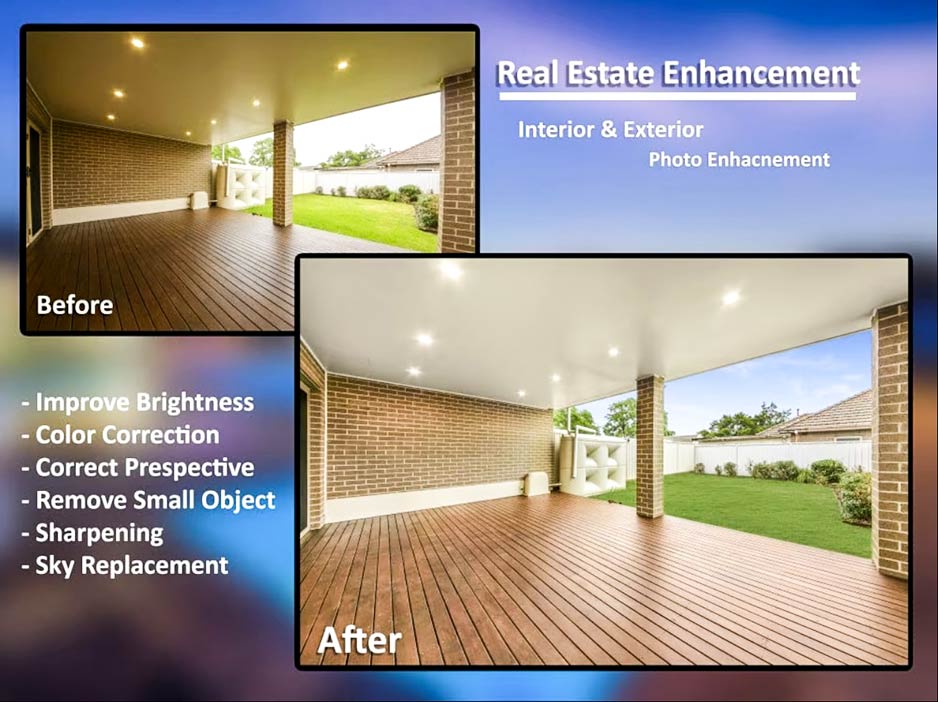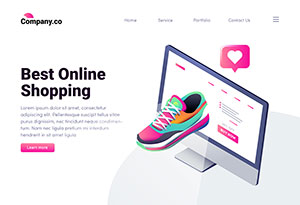
Professional headshots are a vital tool for individuals in today’s digital and visual-driven world. Whether you’re a corporate executive, a creative professional, or an entrepreneur, a well-composed headshot can define your brand, elevate your personal image, and leave a lasting impression. This guide dives into the essentials of posing and DIY techniques to ensure you stand out with your professional headshot.
The Importance of Professional Headshots
Why First Impressions Matter in Headshots
Your headshot is often the first interaction someone has with you online, whether on LinkedIn, a professional portfolio, or a company website. A professional headshot should project confidence, approachability, and competence. The visual appeal and style can set the tone for your personal or professional narrative.
Role of Headshots in Personal and Professional Branding
Headshots are more than just photos; they are an integral part of your branding. They showcase your professionalism, personality, and how you wish to be perceived. A cohesive and well-executed headshot can make your personal brand more memorable and impactful across all platforms.
Industries Where Headshots Play a Crucial Role
- Corporate: For resumes, business websites, and LinkedIn.
- Entertainment: Actors and models use headshots for auditions.
- Creative: Designers, artists, and writers need headshots to reflect their unique style.
- Entrepreneurs: Business owners use headshots for networking and building trust.
Common Misconceptions About Professional Headshots
Many believe that a professional headshot is just a simple photograph. However, it’s much more than that. It’s about capturing the essence of an individual in a single frame, reflecting both professionalism and personal style, and avoiding overused cliches like stiff poses and unnatural smiles.
Understanding the Basics of Headshot Photography
The Difference Between Headshots and Portraits
While both are close-up images, headshots are usually more formal and focused on the face, often used in professional settings. Portraits, on the other hand, can be more artistic, capturing a broader view and including body language.
Essential Equipment for Professional Headshots
- Camera with a high resolution for clarity.
- Reflectors for adjusting lighting.
- A tripod for steady framing.
- Lenses that capture sharpness without distortion.
The Role of Lighting in Headshot Photography
Lighting plays a pivotal role in creating the right mood for a professional headshot. Soft, diffused light brings out the best features, while harsh lighting can create unflattering shadows and highlight imperfections.
Framing and Composition Tips for Effective Headshots
- Rule of thirds: Position your face off-center to create a visually balanced image.
- Head and shoulder framing keeps the focus on the expression.
- Keep enough headroom to avoid cropping out essential features.
Posing for Professional Headshots: The Fundamentals
How to Stand Confidently Without Looking Stiff
The key to a great pose is balance. Shift your weight slightly to one side, and relax your shoulders. This posture exudes confidence without appearing rigid.
Using Body Language to Convey Personality
Subtle shifts in body language, like a slight lean forward or a relaxed tilt of the head, can convey warmth and openness. Body language plays an essential role in reflecting authenticity.
Head Tilts: Creating the Perfect Angle
A slight tilt of the head adds dimension to your headshot, avoiding the flat look that comes with a straight-on shot. Find your best angle by practicing in the mirror or during your photoshoot.
Hand Placement: What to Do with Your Hands
While the focus is on the face, your hands shouldn’t be forgotten. Rest your hands naturally by your sides or use them subtly as props to convey calmness and professionalism.
Creating Natural Expressions for Impactful Headshots
How to Capture Authentic Smiles
Instead of forcing a smile, think of something that makes you genuinely happy or comfortable during the shoot. This will help you achieve a warm, natural smile that looks inviting rather than staged.
Conveying Confidence Without Seeming Overbearing
A confident headshot doesn’t mean aggressive body language. Soft eye contact paired with a relaxed posture demonstrates confidence in a more approachable manner.
Using Your Eyes to Communicate Emotion
The eyes are powerful in professional headshots. Practice softening your gaze and slightly narrowing your eyes to convey thoughtfulness or engagement. This small change can add depth to your expression.
The Power of Subtle Expressions
Tiny shifts in your expression, like a gentle smirk or slightly raised eyebrows, can change the tone of a headshot, adding uniqueness to your image without overdoing it.
Mastering Lighting Techniques for Headshots
Soft vs. Hard Lighting: When to Use Each
- Soft lighting creates a gentle, flattering look ideal for professional headshots.
- Hard lighting produces strong shadows and sharp contrasts, which can be used for more dramatic, creative shots.
Natural Light vs. Studio Light for Headshots
Natural light creates an approachable, organic feel, while studio lighting allows for more control over shadows and highlights, creating a polished, professional look.
How to Avoid Unflattering Shadows
Positioning your light source slightly above and in front of the subject reduces harsh shadows under the eyes or chin, providing a more even, flattering glow.
Achieving the Perfect Light Balance for Skin Tones
To ensure the best representation of skin tones, use reflectors or diffusers to soften the light. Adjust the white balance on your camera to avoid too much contrast or washed-out appearances.
The Role of Backgrounds in Professional Headshots
Choosing Minimalist Backgrounds for Focused Shots
Opting for a minimalist background ensures the focus stays on you, without unnecessary distractions. Plain colors like white, grey, or soft gradients work best for professional settings.
How to Integrate Environmental Backgrounds Creatively
Environmental backgrounds, like an office space or a natural outdoor setting, can add context and narrative to your professional headshot, making it more engaging.
Indoor vs. Outdoor Backgrounds: Pros and Cons
- Indoor: Controlled lighting, professional look.
- Outdoor: Natural light, dynamic backgrounds but can be unpredictable.
Coordinating Backgrounds with Wardrobe and Expression
Matching your wardrobe to the background can create a cohesive look. For instance, soft colors work well with neutral backgrounds, while a vibrant outfit can stand out against darker shades.
Wardrobe and Styling for Headshots
Choosing Colors That Complement Your Skin Tone
Opt for colors that enhance your complexion. Cool skin tones work well with blues and greens, while warm skin tones shine in earthy tones like brown or olive.
How to Dress for Different Industries and Roles
- Corporate: Stick to formal attire such as suits and blouses.
- Creative: You can experiment with bolder colors and casual outfits that reflect your creativity.
The Role of Accessories in Headshots: Adding or Distracting
Accessories can enhance a professional headshot, but avoid anything too flashy that could draw attention away from your face. Subtle pieces, like a sleek watch or a simple necklace, work best.
Matching Your Wardrobe with Your Headshot’s Purpose
Your wardrobe should align with the message you want to convey. If the headshot is for a corporate profile, formal attire is more appropriate. For a creative portfolio, a more relaxed, personal style can be more effective.
DIY Headshots: When and How to Do Them Right
Benefits and Drawbacks of DIY Headshots
DIY headshots can save money, but they often lack the polish that comes with professional setups. The key is to balance quality with practicality, ensuring your headshot still looks refined and professional.
Essential Tools for High-Quality DIY Headshots
- A high-resolution camera or smartphone.
- A tripod for steady shots.
- Natural light or a basic lighting kit.
- Simple backdrop, such as a white wall or fabric.
How to Create a Professional Look Without a Studio
You can achieve a professional look at home by utilizing natural light near a window, ensuring a clutter-free background, and experimenting with different angles and compositions.
Tips for Achieving Studio-Level Lighting at Home
To mimic studio lighting, use household items like white curtains to diffuse light or reflective surfaces to bounce light evenly across your face. You can also experiment with ring lights for a more polished effect.
Headshot Posing for Different Industries
Corporate Headshots: Professionalism and Authority
In corporate headshots, posture is key. Stand tall with shoulders back, maintain eye contact, and wear formal attire that reflects authority and trust.
Creative Industry Headshots: Expressing Uniqueness
Creative headshots allow for more experimentation. Consider relaxed poses, vibrant backgrounds, and a wardrobe that reflects your personal style.
Modeling and Acting Headshots: Versatility in Expressions
Modeling and acting headshots should capture a range of emotions and angles. Experiment with different expressions, from serious to playful, to showcase versatility.
Headshots for Entrepreneurs: Balancing Approachability and Expertise
For entrepreneurs, the key is to convey authority while remaining approachable. A slight smile with relaxed body language can show that you’re professional but also personable.
Expressions that Work for Different Settings
How to Convey Warmth for Customer-Facing Roles
A warm, inviting smile paired with soft eye contact is essential for those in customer-facing roles. This expression helps to build trust and rapport.
Showing Creativity in Artistic Fields
In artistic fields, a more expressive pose or playful expression can demonstrate creativity. Consider a thoughtful gaze or a side profile to reflect a deeper, more artistic side.
Posing for Leadership Roles: Authority Without Intimidation
For leadership roles, you want to express confidence without coming off as intimidating. Stand tall, but keep your expression warm and welcoming, blending authority with approachability.
Expressions that Appeal to Casting Directors and Agents
In headshots for casting, range is key. Your expression should be subtle yet impactful, revealing depth without overacting. Keep your gaze direct and focused to captivate the viewer.
Continue exploring tips for your professional headshots with Photofixteam.
How We Helped an E-commerce Brand Increase Sales by 35% with Professional Retouching
When it comes to e-commerce, first impressions are crucial. A shopper’s decision to click “Add…
How to Use Ghost Mannequin Photography to Showcase Your Apparel Products
Empowering Success TogetherHow to Use Ghost Mannequin Photography to Showcase Your Apparel ProductsWe provide comprehensive…
Spring Fashion 2025: The Hottest Colors to Wear
Empowering Success TogetherSpring Fashion 2025: The Hottest Colors to WearWe provide comprehensive solutions and support…
Real Estate Photo Remote Editing: The Ultimate Guide to Enhancing Property Images
Empowering Success TogetherReal Estate Photo Remote Editing: The Ultimate Guide to Enhancing Property ImagesWe provide…
DIY vs Professional Ecommerce Photo Editing: Which is Right for You?
Empowering Success TogetherDIY vs. Professional Ecommerce Photo Editing: Which is Right for You?We provide comprehensive…
The Best Impact of White Backgrounds on Ecommerce Product Photography
Empowering Success TogetherThe Best Impact of White Backgrounds on Ecommerce Product PhotographyWe provide comprehensive solutions…






